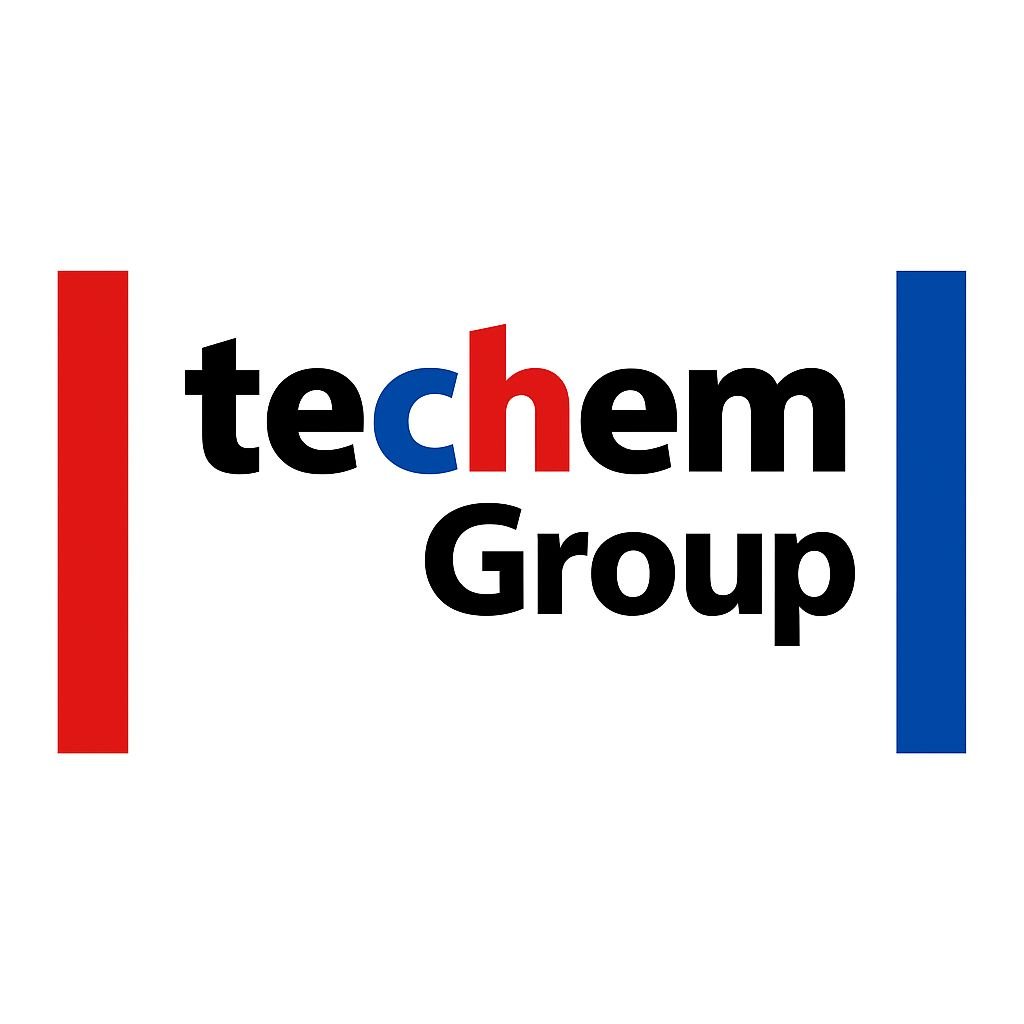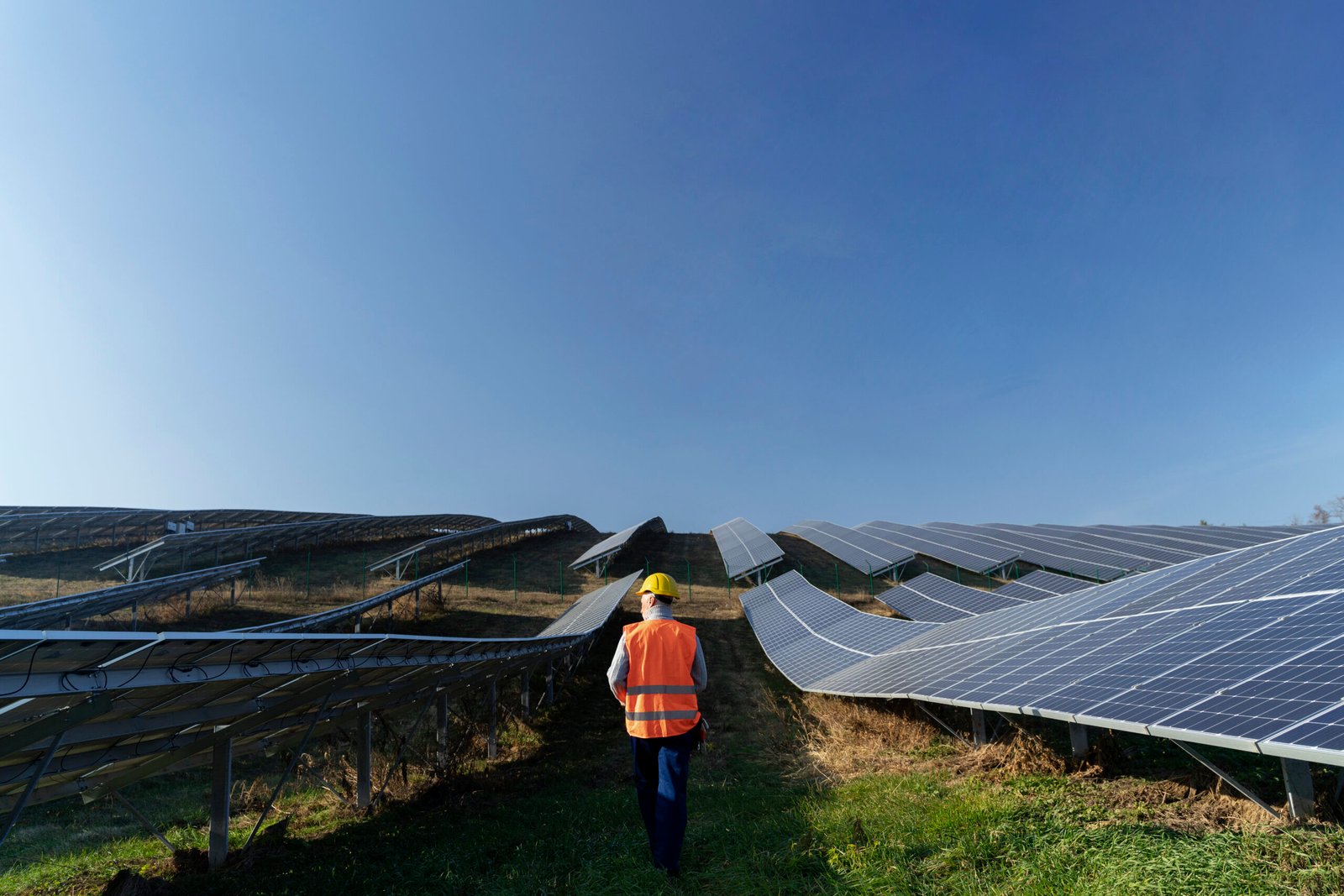Renewable Energy Integration

Renewable energy integration refers to the process of incorporating renewable energy sources (such as solar, wind, hydro, and biomass) into existing power grids and energy systems. This transition is essential for reducing dependence on fossil fuels, lowering carbon emissions, and achieving sustainability goals.
Key Challenges in Renewable Energy Integration
Intermittency & Variability
Solar and wind energy depend on weather conditions, making them less predictable.
Requires energy storage solutions (e.g., batteries, pumped hydro storage).
Grid Stability & Reliability
Traditional power grids were designed for centralized fossil-fuel plants, not decentralized renewables.
Smart grids and energy management systems help balance supply and demand.
Infrastructure Upgrades
Aging grid infrastructure needs modernization for better efficiency.
Investments in transmission lines, substations, and distribution networks are required.
Energy Storage Solutions
Battery storage (e.g., lithium-ion, solid-state) to store excess energy.
Hydrogen storage and pumped hydro as large-scale alternatives.
Regulatory & Market Challenges
Governments must implement policies and incentives to encourage integration.
Dynamic pricing models can help manage demand fluctuations.
Solutions for Successful Integration
✅ Smart Grids & Digitalization – AI and IoT-based grids that optimize energy flow.
✅ Microgrids & Distributed Energy – Decentralized, local renewable energy systems.
✅ Hybrid Energy Systems – Combining renewables with traditional power for stability.
✅ Demand Response Programs – Consumers adjust energy usage based on supply conditions.
✅ Energy Storage Expansion – Large-scale battery and pumped hydro solutions.

